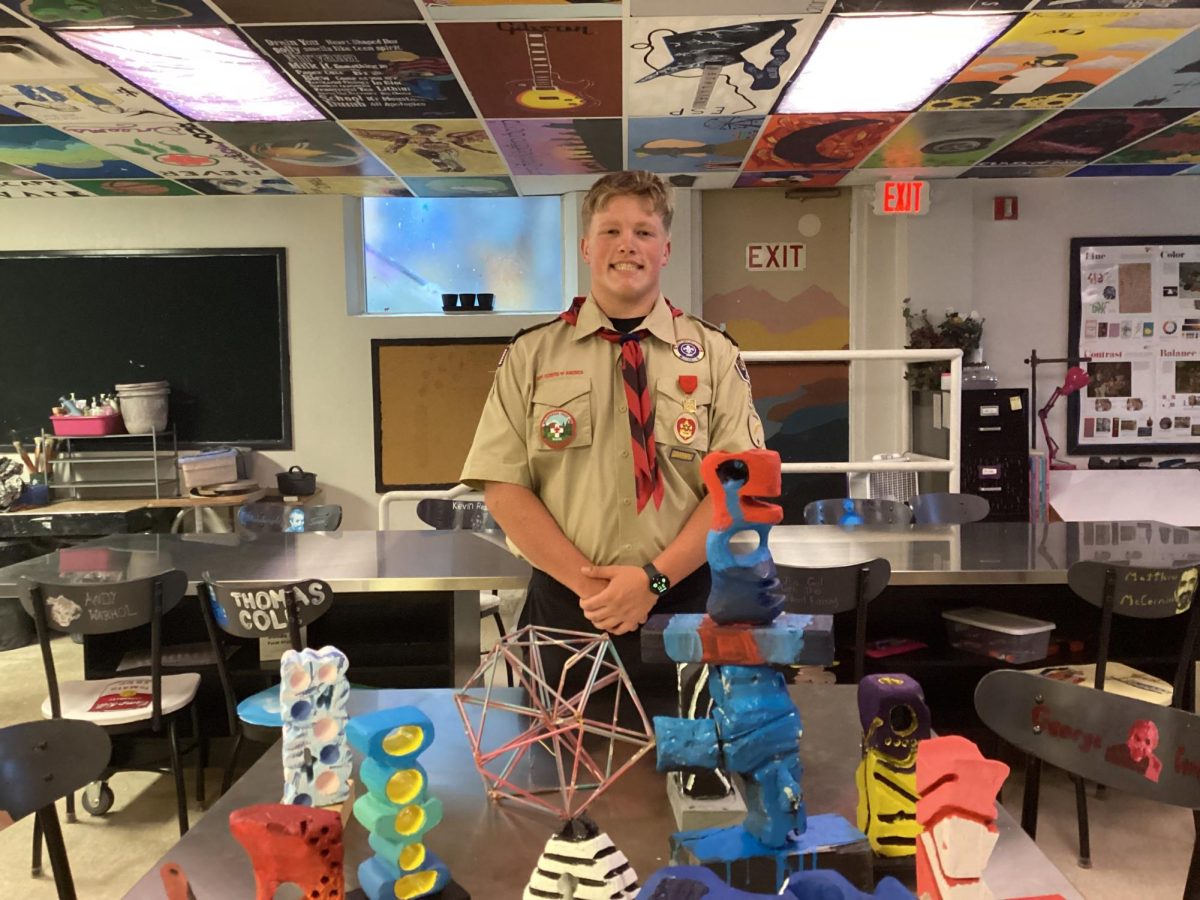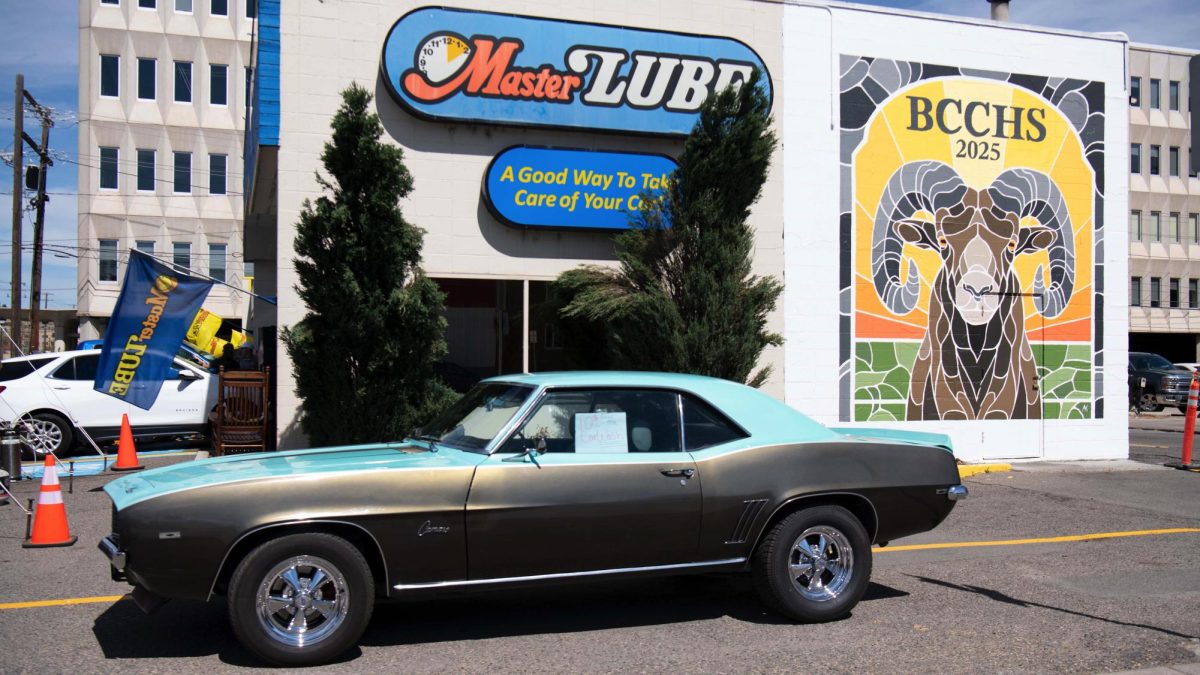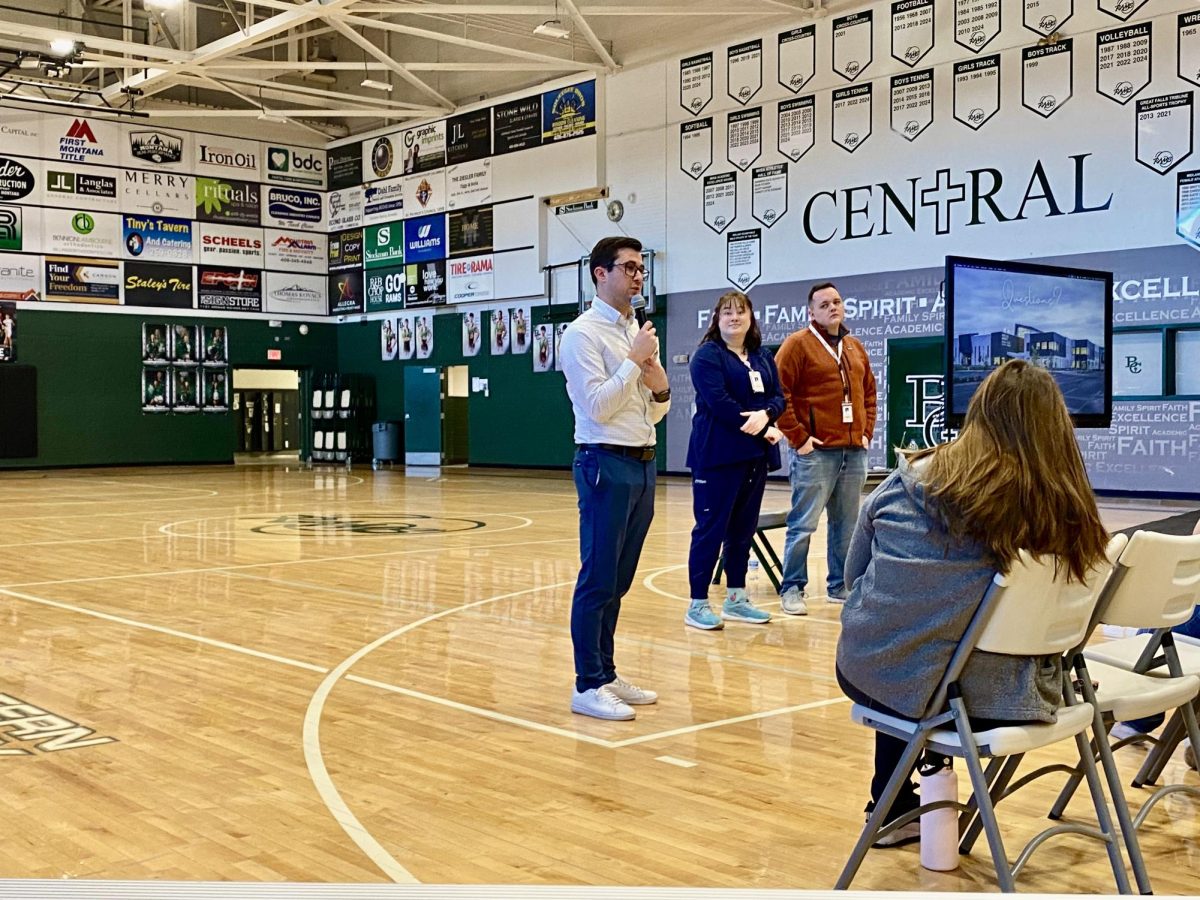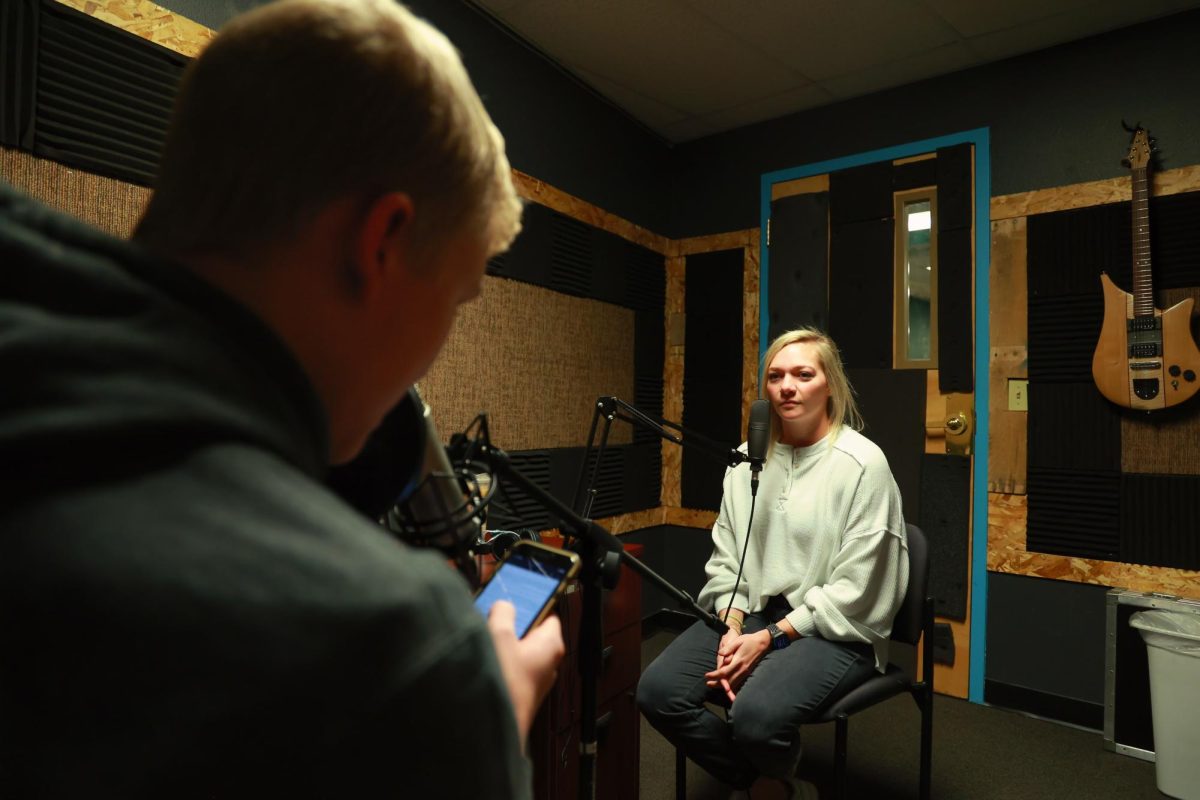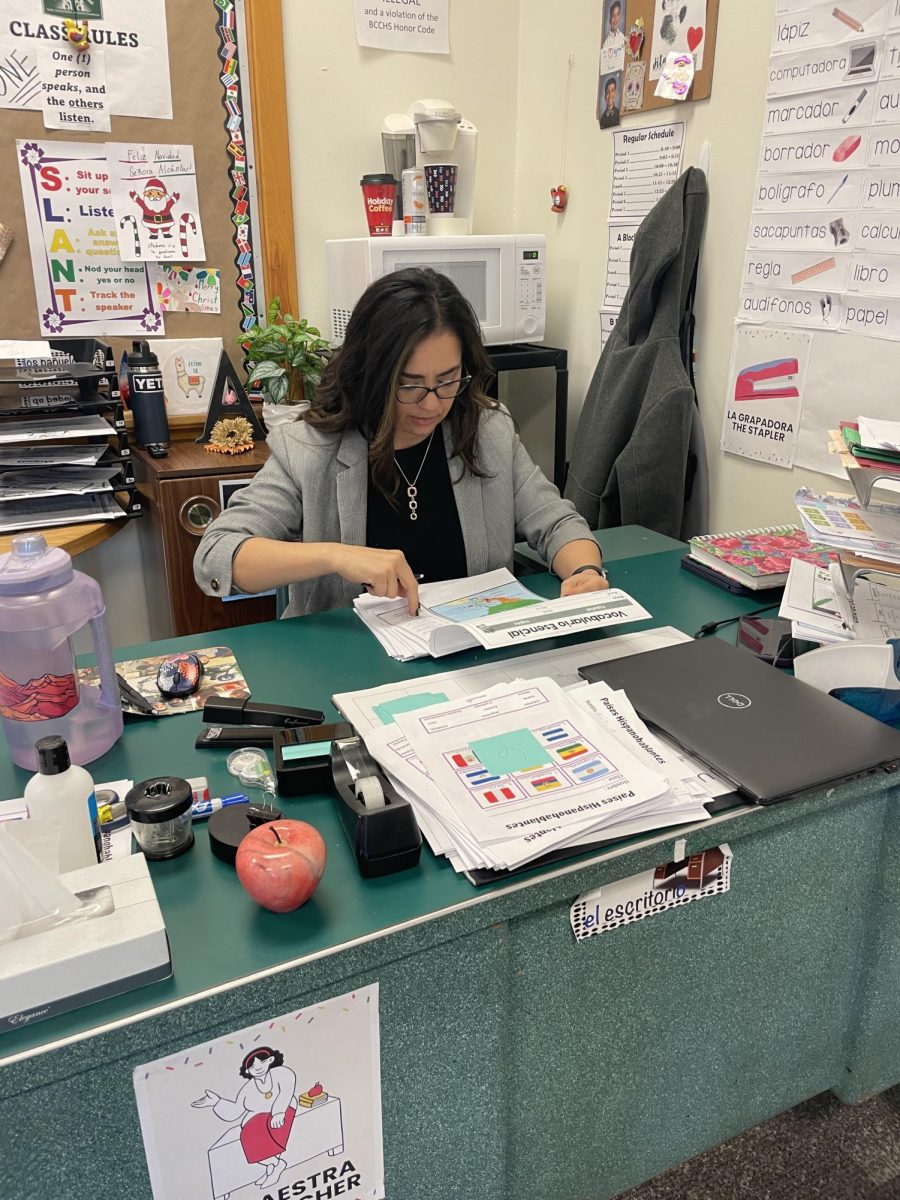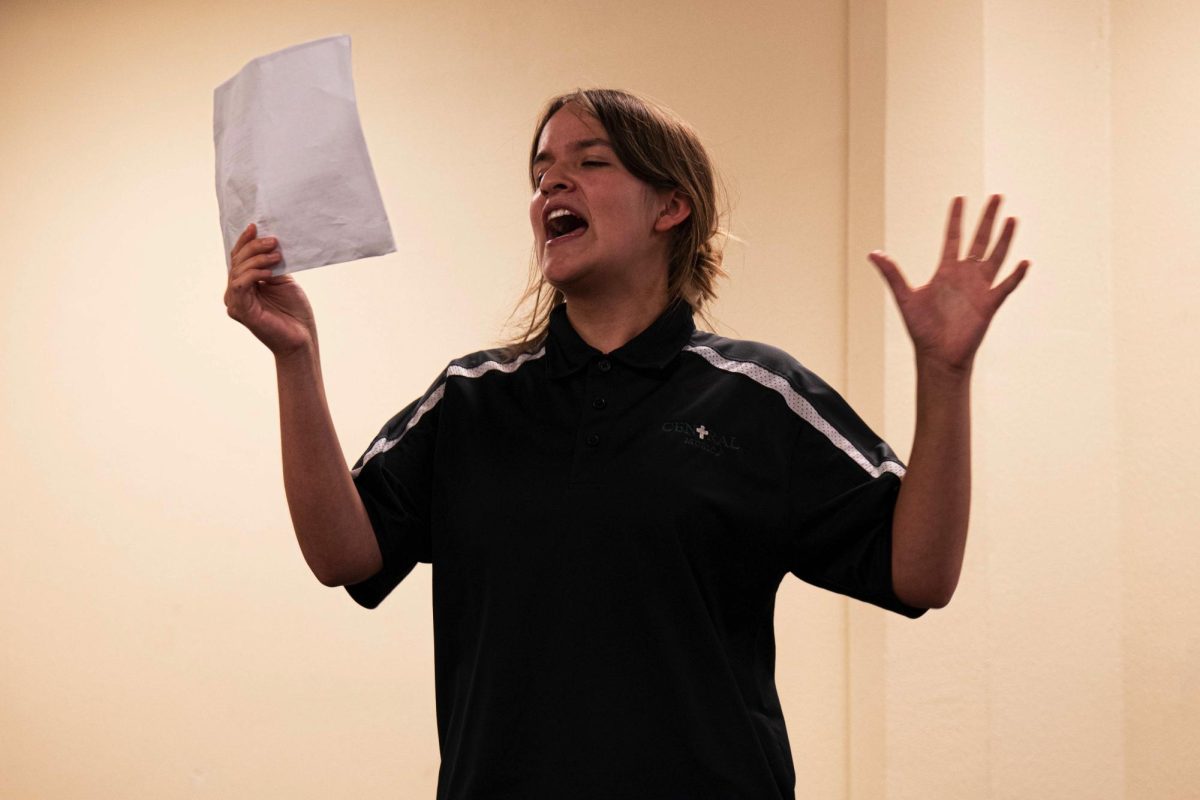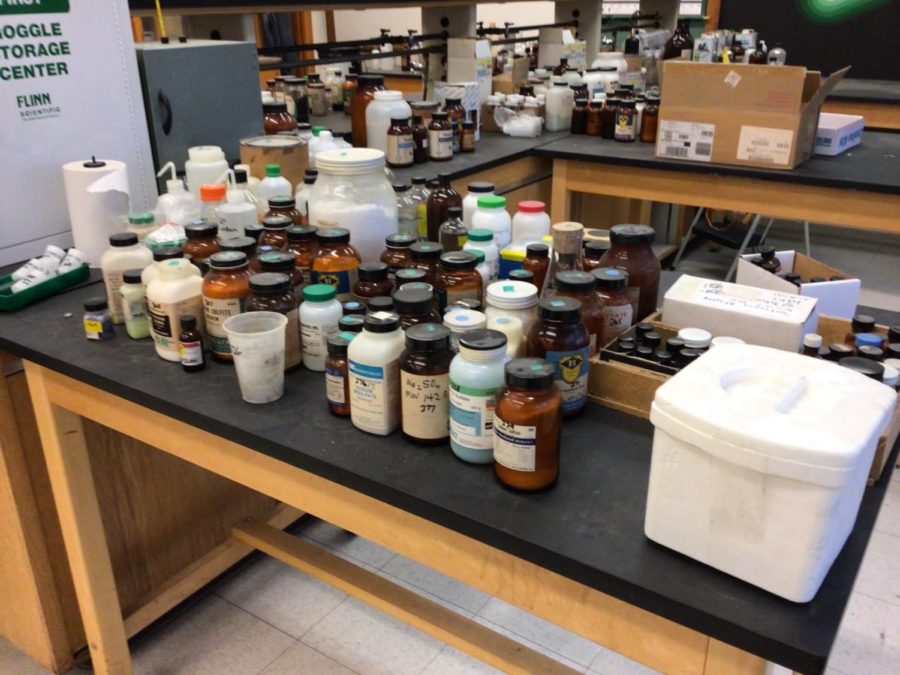BCCHS Conducts Chemical Disposal
November 30, 2022
Earlier this year, Jennifer Sogaard was hired to teach biology and chemistry at BCCHS. With that role, she also took charge of Central’s chemistry stock room and lab. In May, she examined those spaces and immediately realized she had a challenge.
“When I first got the keys to the chemicals – because we do keep any of the toxic ones locked up – I noticed that the space we had was not sufficient for storing the amount of chemicals that we had in the lab,” she said.
Over the years, the school’s science department had amassed chemicals in large quantities, some dating back half a century. That discovery launched a months-long undertaking involving Sogaard, school administration, and an environmental waste company as they began to assess and remedy the issue to ensure the safety of students and staff.
According to school principal Shel Hanser, the process began after former chemistry teacher Dr. Craig Pierson retired.
“He inherited a lot of chemical materials. And he just kept his own inventory and was somebody who was super diligent,” Hanser stated. “When we switched teachers there, we just realized we’ve had a tremendous amount of old stuff.”
The first part of the process was to sort through what chemicals were still usable.
“I spoke with several veteran AP chemistry teachers who have been teaching chemistry, some of them for upwards of 30 years,” Sogaard explained. “They helped me and put me in touch with Flinn Scientific, which has the safety data sheets for all chemicals and their shelf lives. Some chemicals you can store indefinitely. Others, you cannot.”
In the first few weeks of June, Sogaard set aside what she still felt the school could use. In the beginning of July, she reached out to Hanser to determine what to do with the remaining supplies. For safety reasons, the chemicals couldn’t simply be thrown away, Sogaard explained.
“Some of [the chemicals] can react with other chemicals and create things that are toxic, or cause a fire, or are harmful to the earth and the environment., so we just want to make sure that we’re not doing something that could create a potentially dangerous situation.”
The school hired Beartooth Environmental, a hazardous and industrial waste management company based in Billings. In August, Sogaard transferred the chemicals to be disposed from the stockroom to the lab so that the company could begin to safely remove them from the building. Hanser said that the company began with an inventory and assessed the risk the chemicals posed.
According to Justin Wilson, an environmental specialist with Beartooth Environmental who was onsite for the project at Central from start to finish, there were about 800 items that the school deemed necessary to dispose of. The company contacted a chemist in Cheyenne, Wyoming, to determine how to safely package, transport, and dispose of the chemicals based on flammability, reactivity, and corrosivity. After that, they placed the chemicals in containers with an absorbent material called vermiculite, sealed them, and added hazardous waste labels.
“Then from that point, we haul the drums out to our hazardous waste transporter which is a 53-foot semi, and we load it on that truck. Then he takes all the waste that we picked up and takes it to the disposal site. From there, they sign all the paperwork stating that they received it and then everything is basically fed into an incinerator and destroyed or burnt at high temperatures,” Wilson explained.
According to Beartooth Environmental, the chemicals were sent to disposal sites in cities including Aragonite, Utah and Phoenix, Arizona.
“I think it’s fairly important for schools just to be aware of what they have, particularly [because] a lot of the chemicals that we find in schools are very outdated or expired,” Wilson added. “They can become unstable over time.”
The disposal process was an important safety step for the school to take, according to Hanser, but it’s not a problem that was unique to Central. He says about 10 schools in the area have taken similar steps in the past few years, usually following the retirements of long-time teachers.
Wilson agrees that the problem is fairly common for schools to have. He said that Central had an above-average quantity of chemicals, but those chemicals posed a below-average safety risk.
“The most important thing is that nobody was ever at risk. There was nothing that they were concerned with. It’s just simply the disposal. You know, the last thing we want to do today is put something down the drain or put something in a landfill that would do harm down the road in a couple months or a couple of years,” Hanser stated. “Rather than put anybody at risk, we just wanted to make sure that we did our due diligence.”
“I feel really good about this,” Hanser added. “We worked with this company. They worked with the EPA. It’s all been done as good as it could have been, and now we have a fresh start.”
Sogaard expressed gratitude toward the school for being a collaborative partner in addressing the issue. “Mr. Hanser really handled all of that,” Sogaard said. “I was incredibly thankful that he was willing to do that.”




